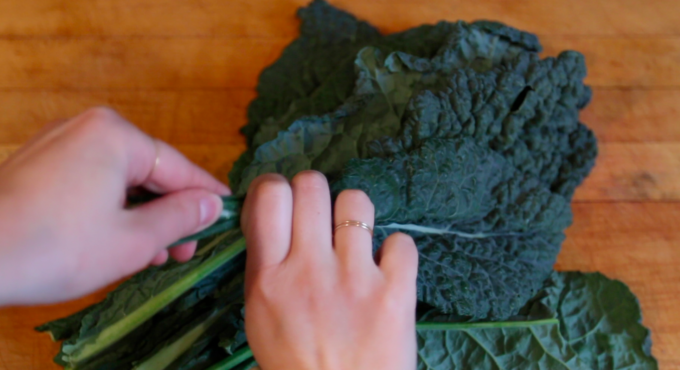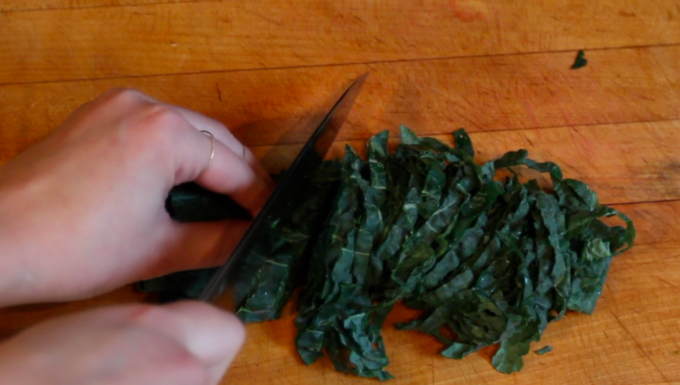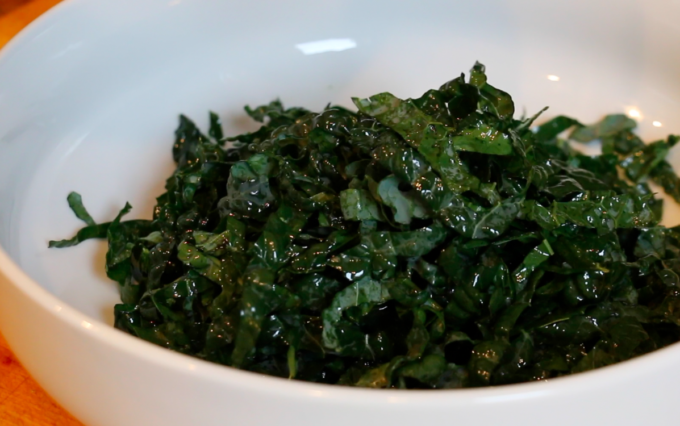
I’ve known about green goddess dressing for a while now, but I have to admit that up until recently, its ingredients were somewhat of a mystery to me. Herbs, of course, and something creamy, for sure. But was that greek yogurt, or was it buttermilk? Avocado, or just green herbs? A hint of anchovy, or am I just making things up?
I don’t know about you, but when I hear “green goddess” notions of healthy grain bowls, sunny weather and glowing skin come to mind. New Californian cooking. As far as I’m concerned, it sounds like quintessential health food branding. Right?
While many recipes proved my theory correct, featuring fresh, healthful ingredients like herbs, avocado, greek yogurt and lemon, I was surprised to learn that a wholesome green goddess recipe is something of a reformed party girl.
The green goddess got its start in 1920s New York, when a broadway show of the same name premiered and gained popularity. Following its rise, a chef at The Palace Hotel in San Francisco invented a green dressing in its honor.

And the original recipe had absolutely nothing to do with health. Think mayonnaise, sour cream, anchovies, tarragon and chives. Delicious? Definitely. Wholesome? Not so much.
That said, this recipe – now nearly a century old – is far from obsolete. Many contemporary green goddesses have decadent, old-school vibes, requesting a heavy hand with rich dairy and classic French herbs.
Personally, I prefer a green goddess with greek yogurt and lots of citrus. To me, these versions are cleaner and brighter.
But that’s what’s great about the green goddess. She’s a chameleon. You can really make this dressing your own. Craving something avocado-forward? Go for it. Need to finish that buttermilk before it goes bad? Use it. Want to make anchovies your star? Sounds great. Forgot them at the grocery store? It will still be delicious!
I suggest preparing a batch of green goddess on Sunday evening to get you through the start of your work week. It’s versatile, so making it doesn’t require committing to one specific dinner idea. You can dress your salads with it, marinate your proteins in it, use it to amp up your grain bowls, or even let it guest star on taco night.
Below, you’ll find a few renditions I know and like. If you’re going to marinate a protein, I suggest following this recipe by Melissa Clark. Otherwise, simply use the ideas below to spark your creativity. After all, that’s what the green goddess is all about.
Green Goddess I
Combine parsley, basil, greek yogurt, garlic, lemon juice and zest, olive oil, salt and pepper to taste. Blend until smooth.
Green Goddess II
Combine parsley, mint, basil, cilantro, sour cream, lemon juice, olive oil, salt and pepper to taste. Blend until smooth.
Adapted ever so slightly from Mina Stone’s recipe in Cooking For Artists (p 33).
Green Goddess III
Combine tarragon, chives, greek yogurt, anchovies*, lemon juice, olive oil, salt and pepper to taste. Blend until smooth.
*I suggest using 1-2 anchovies. If using, be sure to season less aggressively; anchovies add a lot of salt!
Green Goddess IV
Combine cilantro, avocado, greek yogurt, garlic, lime juice and zest, olive oil, salt and pepper to taste.


